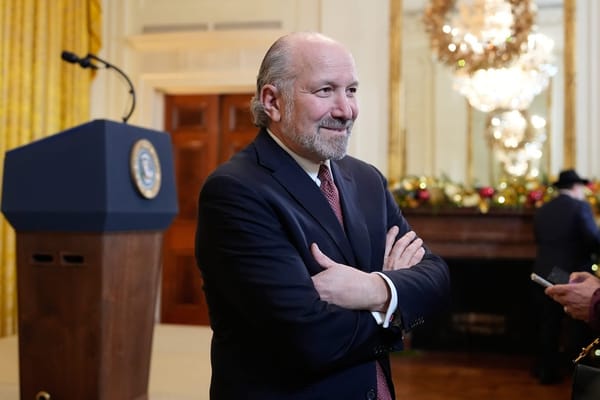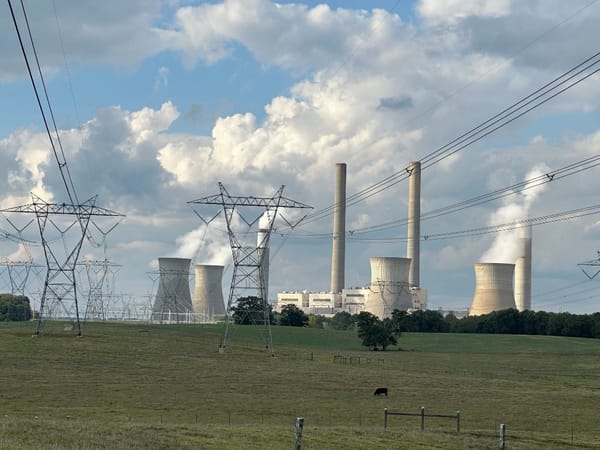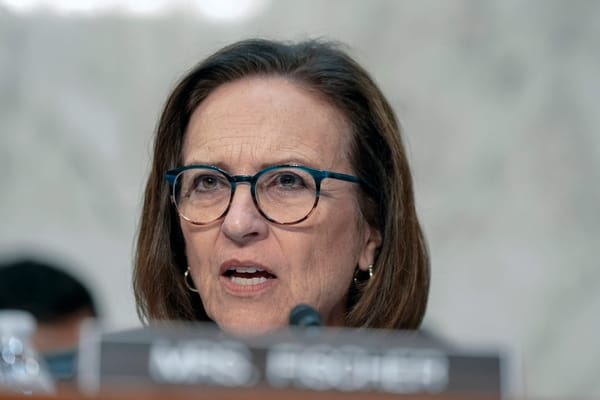Biden Administration Announces $1.3 Billion in Funds for Historically Black Colleges
The NTIA's Connecting Minority Communities program focused on Historically Black Colleges and Universities.

The NTIA's Connecting Minority Communities program focused on Historically Black Colleges and Universities.

WASHINGTON, September 16, 2024 — The Biden-Harris Administration on Monday announced an additional $1.3 billion in federal investments for Historically Black Colleges and Universities (HBCUs), bringing the total support to more than $17 billion over the past four years.
Among the HBCU-focused programs included the Connecting-Minority-Communities program delivering funding for 43 HBCUs to purchase high-speed internet, purchase equipment, and hire information technology personnel to tackle the digital divide impacting HBCUs.
The new funding includes $188 million in competitive grants through the Department of Education and $1.1 billion to support HBCU students directly through need-based grants and other federal programs, according to a White House press release.
Despite representing only 3% of U.S. colleges and universities, HBCUs provide college access to twice as many Pell Grant-eligible students as non-HBCU institutions, said the White House. They have produced 40% of all Black engineers, 50% of Black teachers, and 70% of Black doctors and dentists.
Among the notable initiatives touched by the administration include the establishment of the first HBCU-led university affiliated research center by the U.S. Air Force – with $90 million in funding from the Defense Department – plus a $4.2 million grant from the National Oceanic and Atmospheric Administration, the launch of the HBCU CHIPS Network to support semiconductor workforce development.

Kaptivate analysis finds some states’ references to rural America dropped 80 to 100 percent

Idaho, Massachusetts, Minnesota, North Carolina, and Utah had their final proposals approved.

The approval follows recent elections where two Democrats won seats on the commission. Those Democrats oppose the plan but don't take office until January.

Lawmakers are considering how best to reform the fund.
Member discussion